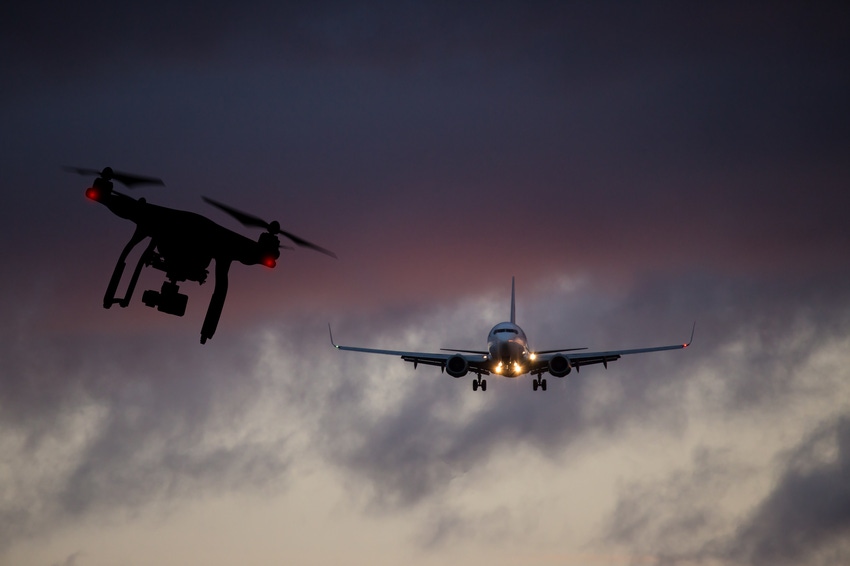Vodafone is conducting a series of trials for air traffic control drone tracking, using 4G Internet of Things (IoT) technology to protect aircraft from catastrophic accidents or nefarious characters from flying waywardly.
February 20, 2018

Vodafone is conducting a series of trials for air traffic control drone tracking, using 4G Internet of Things (IoT) technology to protect aircraft from catastrophic accidents or nefarious characters from flying waywardly.
The opportunity for drones is massive, but so are the challenges. Analysis from the Single European Sky Air Traffic Management Research (SESAR) project estimates that by 2050 drones could log more than 250 million flying hours per year over densely populated areas of the European Union, seven times the cumulative annual flying hours of conventional crewed aircraft, contributing more than €15 billion to the economy. Companies like Amazon and UPS are starting to get excited about the technology, but there are also monstrous challenges in place for regulators.
For drones to travel beyond the users line of sight, there will need to be a very stringent regulatory framework in place, and also a highly resilient means of tracking the devices. This is where one of the problems lie. Drones are generally too small to be tracked by radar, while it is generally deemed as too easy to hijack or compromise GPS. Working alongside the European Aviation Safety Agency (EASA), Vodafone is building the case for its IoT network to be the basis of this tracking and management system.
While it is very early days for the moment, these regulations could be based on a risk management system. Let’s say you are flying your drone around the park, in this scenario you would not have to log the flight plan, but Amazon would have to for its deliveries. Using machine learning algorithms, Vodafone would be able to monitor the thousands of devices flying around the UK, searching for variances to the logged flight plans and also taking control of drones which are wandering into no-go areas.
Using a Radio Positioning System (RPS), featuring a 4G modem and SIM embedded within each drone, Vodafone should be able to (in theory) track the drones in real-time with up to 50 metre accuracy, geofence certain restricted areas and create a SIM-based e-identification and owner registration system. Of course, this is a very early stage of development but considering the pace of innovation it will need to be developed quickly. Should Vodafone prove the trials are successful, it has also said the system will be open sourced to allow other operators to create their own system within their markets.
But where will Vodafone make money? It seems the telco is working to build the business case for cellular as basis of IoT tracking instead of GPS. Vodafone already has a reasonable presence in the enterprise world, but such forays could take it further into the consumer world, which is more reliant on GPS than mobile tracking. This is of course only speculation for the moment, as we were told work is focused on proving the platform and encouraging growth of the sub-sector first. Monetization will come later, but there needs to be something to monetize first.
Drones have been promised to the world continuously, not just by the innovators but also the dreamers of science fiction. The reality of this technology is riddled with red-tape however as crashes in the air will prove to be a lot more dangerous than crashes on the ground. Complications also arise when it comes to the blue-sky thinkers of the industry. Right now Amazon might be focusing on making sure you get your new jumper as quickly as possible, but it won’t be too long before passenger drones become a realistic talking point.
For such ideas to become reality, there will need to be a very stringent regulatory framework in place. Figuring out how to track the devices might be a good place to start.
About the Author(s)
You May Also Like








.png?width=300&auto=webp&quality=80&disable=upscale)


_1.jpg?width=300&auto=webp&quality=80&disable=upscale)


.png?width=800&auto=webp&quality=80&disable=upscale)